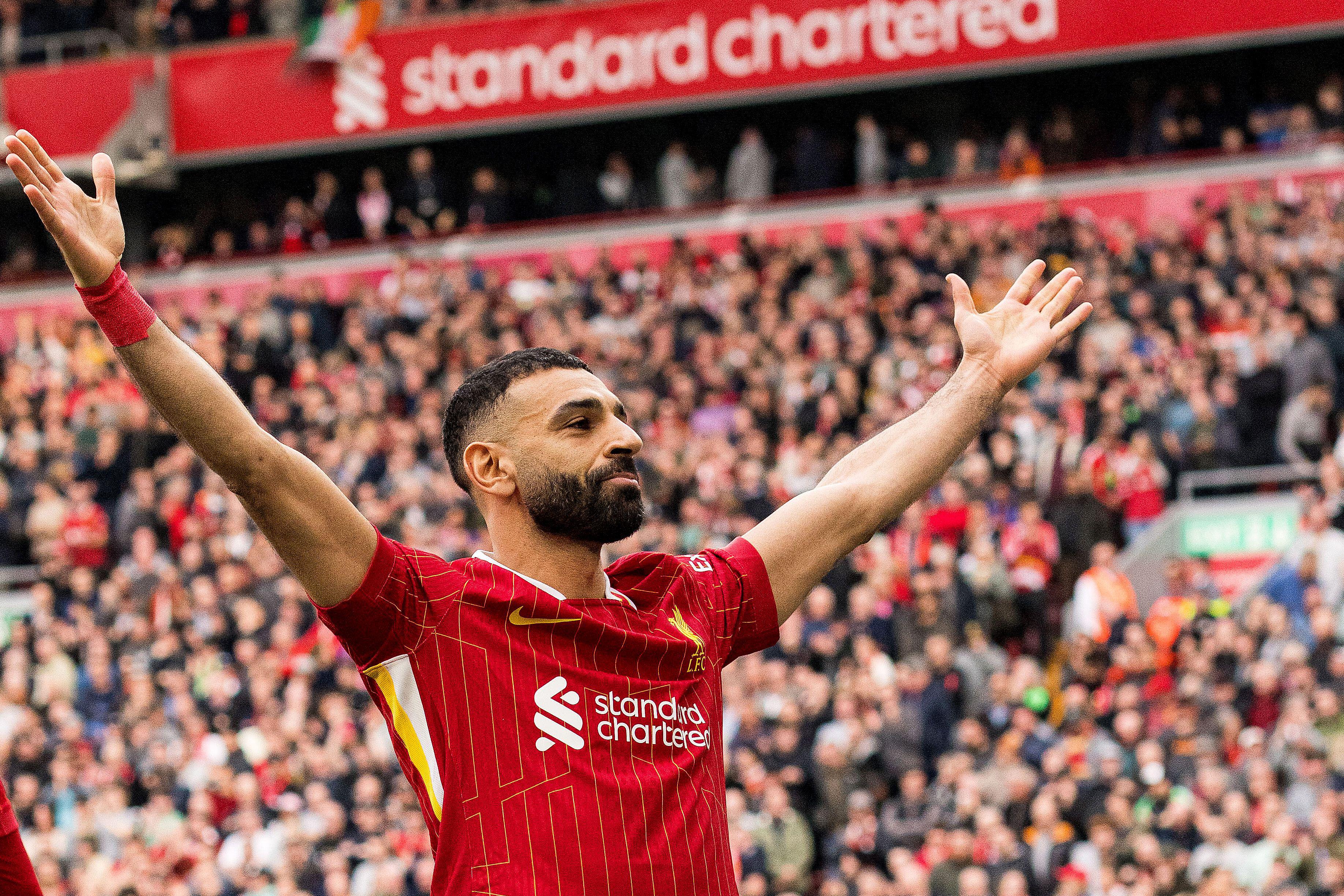6 steps to repair and rebuild
From resting up to restoring movement, you can target an emotional return from a nasty knock with our simple guide
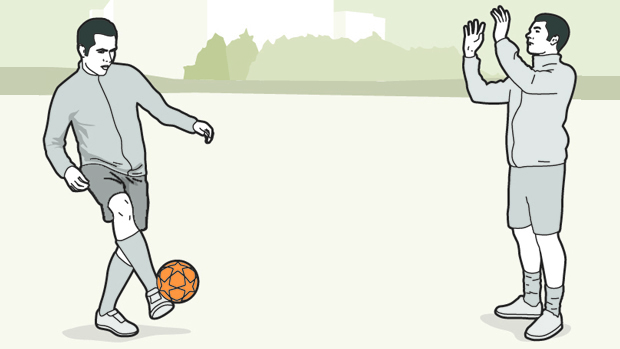
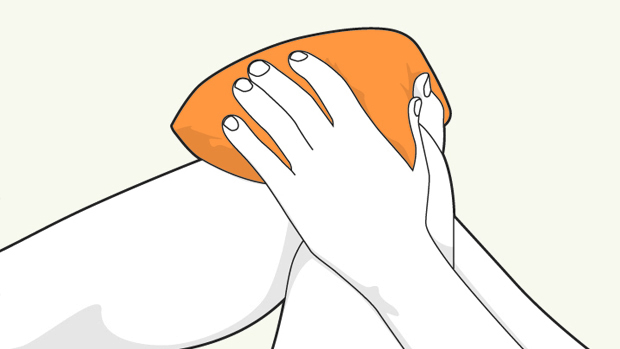
1 GET THE PRICE RIGHT
Right from kick-off the opposition’s bruiser shouts “straight in” before clattering you with a kamikaze challenge. There’s no running this off. Don’t worry about retribution – you’ve got a knock to take care of. “As soon as you sustain an injury follow the ‘P.R.I.C.E’ guideline,” says physio Neil Mason, from Pulse Sports Therapy. “P.R.I.C.E stands for protection, rest, ice, compression and elevation. You need to do all these things to the affected area. This will help reduce pain and inflammation.”
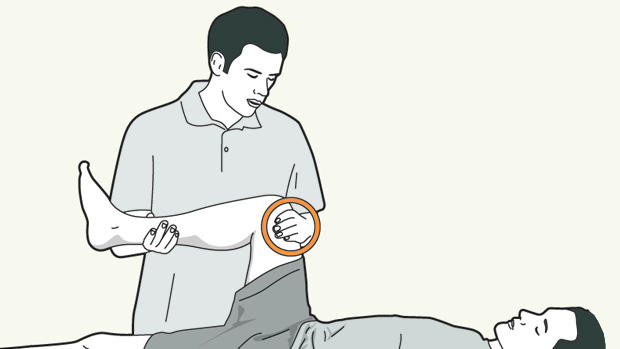
2 TIME TO CALL IN THE PROS
A few weeks have passed and you’re still walking like you’ve soiled yourself. People around the office are starting to talk. You’ve stuck to P.R.I.C.E but this injury just won’t shake. Time to seek the advice of a professional. “A sports physio will undertake a thorough examination and set you up on an individual treatment plan, which can include exercises and hands-on treatments,” explains Mason. “If you have a complex injury, you may be referred to a specialist for further investigation.”
Get FourFourTwo Newsletter
The best features, fun and footballing quizzes, straight to your inbox every week.
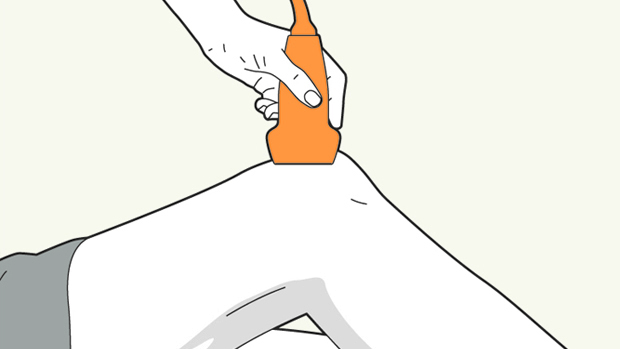
3 LOOK UNDER THE BONNET
You’ve weaned yourself off the pain killers, but you’re still experiencing discomfort. This is no simple strain; this is serious, so it’s time to get a scan. “You can ask your GP for a referral on the NHS, but that takes time. If you want to speed up your rehab you can go private,” says Dr Simon Blease, consultant musculoskeletal radiologist at the European Scanning Centre. “A scan will give us a look inside your body so we can see exactly what’s wrong and then prescribe a rehabilitation programme.”
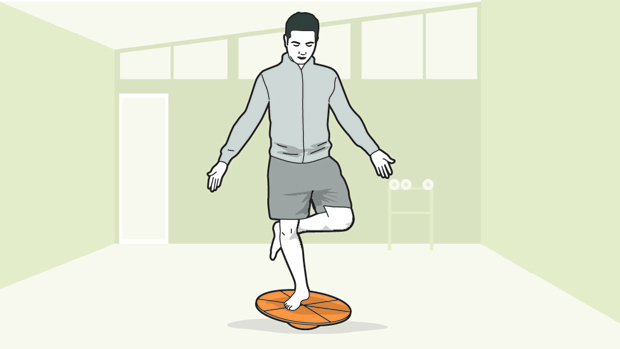
4 REPAIR THE REBUILD
So you can finally get out of bed without the help of your mummy – big deal. That’s not going to get you very far on the Sunday league battleground. You’ve got to come back fitter, faster, stronger. “Aim to achieve a higher level of strength and conditioning than before the injury,” says Matthew Buckthorpe, Isokinetic’s rehab scientist. “Your treatment should first focus on restoring your joint and muscle range of motion, as well as muscle strength and endurance, then movement co-ordination.”
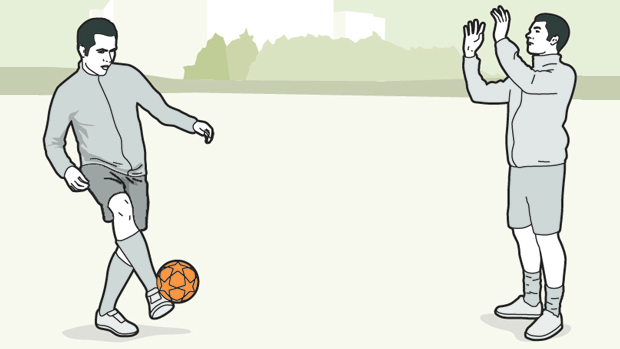
5 TIME TO TEST YOURSELF
You’re finally pain free and feeling strong. Congratulations. But before you step back out onto the hallowed turf, you need to make sure you’re ready to cope with the explosive demands of football. “The final phase of rehab is to undertake on-field training to restore movement patterns and football-specific skills,” says Buckthorpe. “This should begin from simple technical and movement skills through to an intensity and difficulty similar to training with the team.”
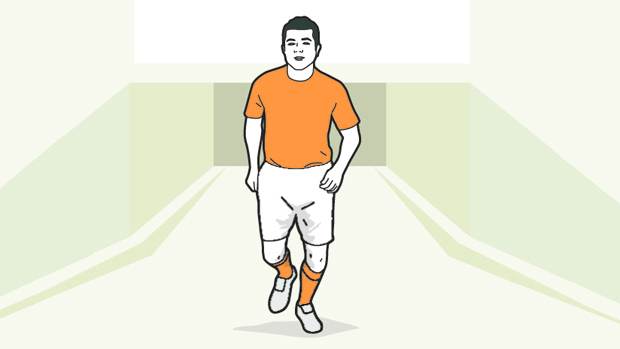
6 THE EMOTIONAL RETURN
Wipe away those tears, big boy, you’ve finally made it back. It’s been a long hard road, but you did it. Now get out there on the pitch and do what you do best – shank a sitter straight into the hedge. “The hard work starts now. You have to manage your body and listen to it,” advises Mason. “Don’t push yourself too hard at the beginning – ease your way back in. Recovery is key. With the help of your physio, devise a training programme that works for you."
For more tips see:
